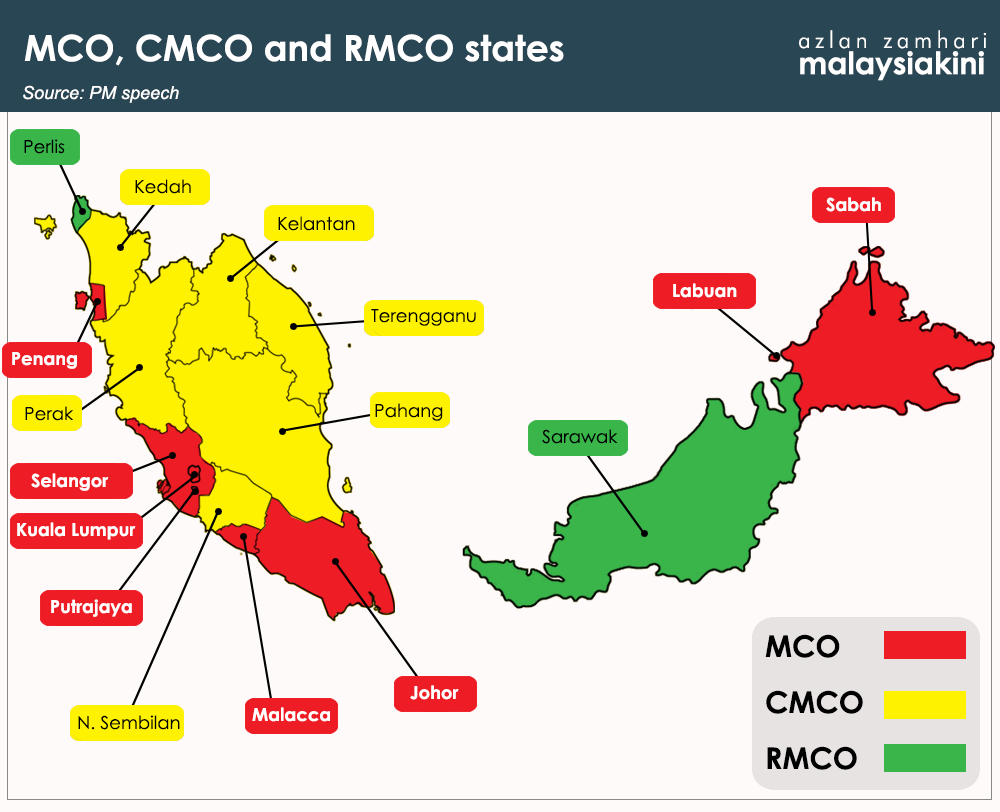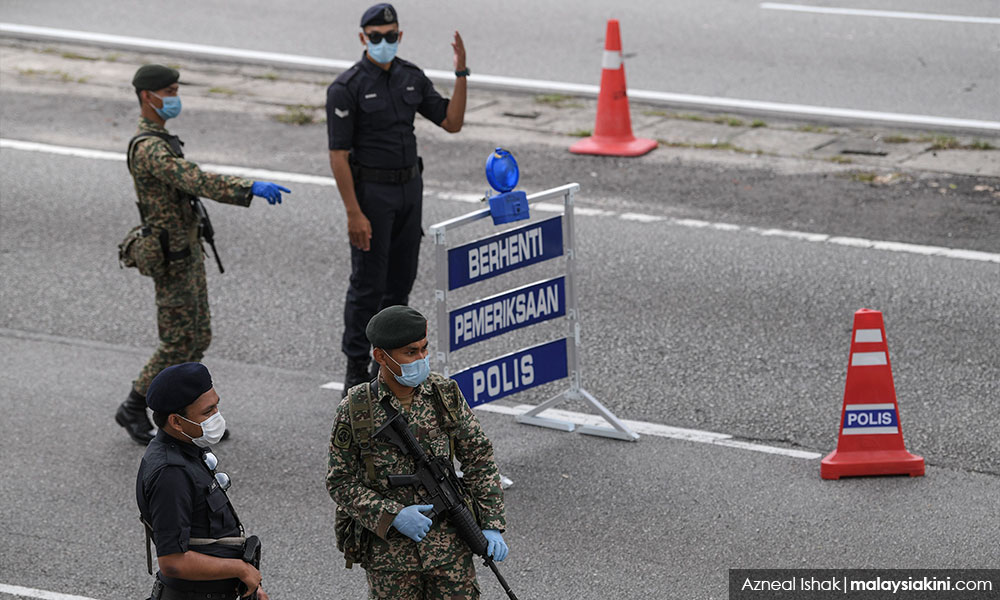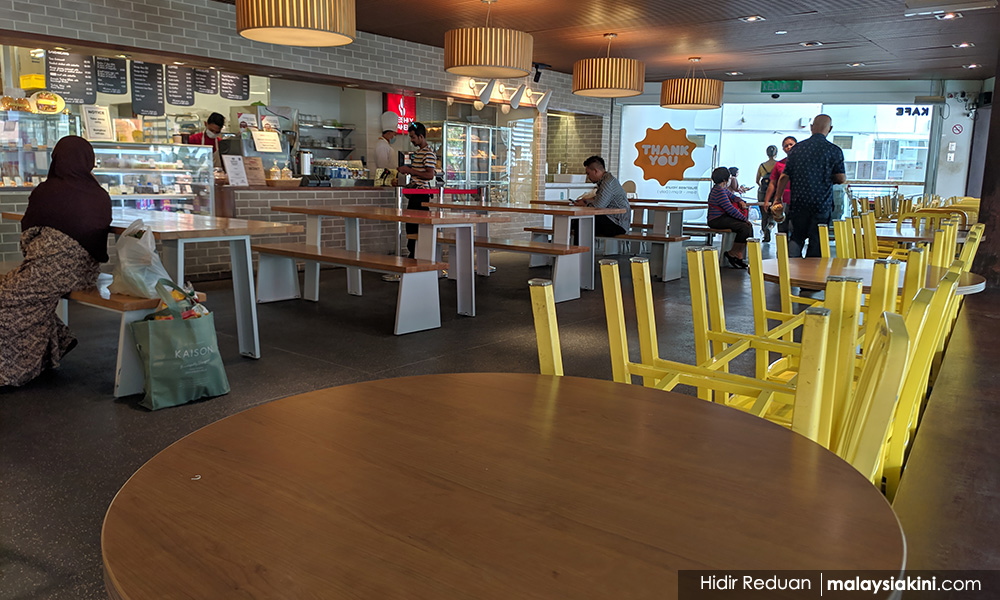PUTRAJAYA: Covid-19 patients who have mild or no symptoms will undergo treatment and quarantine at home, but they will be monitored strictly by health workers, says Health Minister Datuk Seri Dr Adham Baba.
A task force has been formed at the Crisis Preparedness and Emergency Response Centre level, state and district levels to monitor patients being treated at home, he added.
He said the home quarantine applies to Level One and Level Two Covid-19 patients, reported Bernama.
Under the Health Ministry’s system, Level One is for positive cases that do not show any symptoms, while Level Two are patients who show mild symptoms.
Level Three cases are patients with pneumonia, Level Four are those who have inflammation in the lungs and require oxygen while Level Five patients are those who come to the hospital in the late stages of the illness and require ventilator support.
“We are doing this as we need to act fast in treating and isolating positive cases and, to this end, the MOH will continue with contact tracing in efforts to flatten the Covid-19 curve, ” he said after attending the ministry’s New Year mandate ceremony here yesterday.
Dr Adham said the Level One and Two patients will be quarantined at home for 10 days and a screening test will be conducted on them on the last day.
“The screening test will be done in their respective homes and if the result is negative, they are free from Covid-19, ” he said.
Dr Adham said ministry staff will assess the size of the house and number of occupants before allowing these patients to undergo treatment at their respective homes, adding that if the house is small or crowded, the patients will be taken to hospital.
“If the facilities at home are satisfactory, with sufficient space for isolation and the family understands the need for quarantine and the standard operating procedures set by the ministry... they will be treated at home, ” he added.
He said Health director-general Tan Sri Dr Noor Hisham Abdullah will give details on the home treatment and quarantine soon.
On Jan 4, Dr Noor Hisham said MOH was considering isolating and treating Covid-19 patients who are without symptoms and or with mild symptoms at home, as the existing health facilities are not able to cope with the surge in daily cases.
Other countries have also opted to have Covid-19 patients with mild symptoms undergo isolation or quarantine at home.
In the United States, those who tested positive for the virus but who are asymptomatic are required to stay at home until it is safe for them to be around others.
People who display symptoms of Covid-19 but are able to recover at home can also undergo isolation at home, said the Centres for Disease Control and Prevention.
However, if patients manifest emergency warning signs such as trouble breathing or persistent chest pains, they are required to seek emergency medical care immediately.
In Singapore, quarantine orders are issued to those who are confirmed or suspected Covid-19 cases and Singapore’s health ministry will determine if an individual should be quarantined at home or at quarantine facilities or hospitals, based on an assessment of a person’s contact history, state of health and suitability of the home.
Travellers from selected countries may be able to serve their 14-day quarantine period at their place of residence rather than at a dedicated facility.
At immigration checkpoints, eligible travellers are issued electronic monitoring devices, which are activated immediately when they reach their quarantine accommodation.
In Australia, those who screened for the virus or who display symptoms are required to stay at home until they have tested negative or they are no longer exhibiting symptoms.
Those who are considered a suspect Covid-19 case will be advised by the public health authorities on whether they are to be isolated at home or in the hospital.
When isolating at home, patients whose symptoms get worse are to seek emergency medical attention.
While guidelines for home quarantine across different countries vary, common principles would be for patients to stay in a room separate from other household members.
Patients are encouraged to use a separate bathroom if possible and to avoid sharing personal household items with others.
Related posts:
Related:
Find out the symptoms for Covid-19 and when to seek medical help in the infographic below:




















